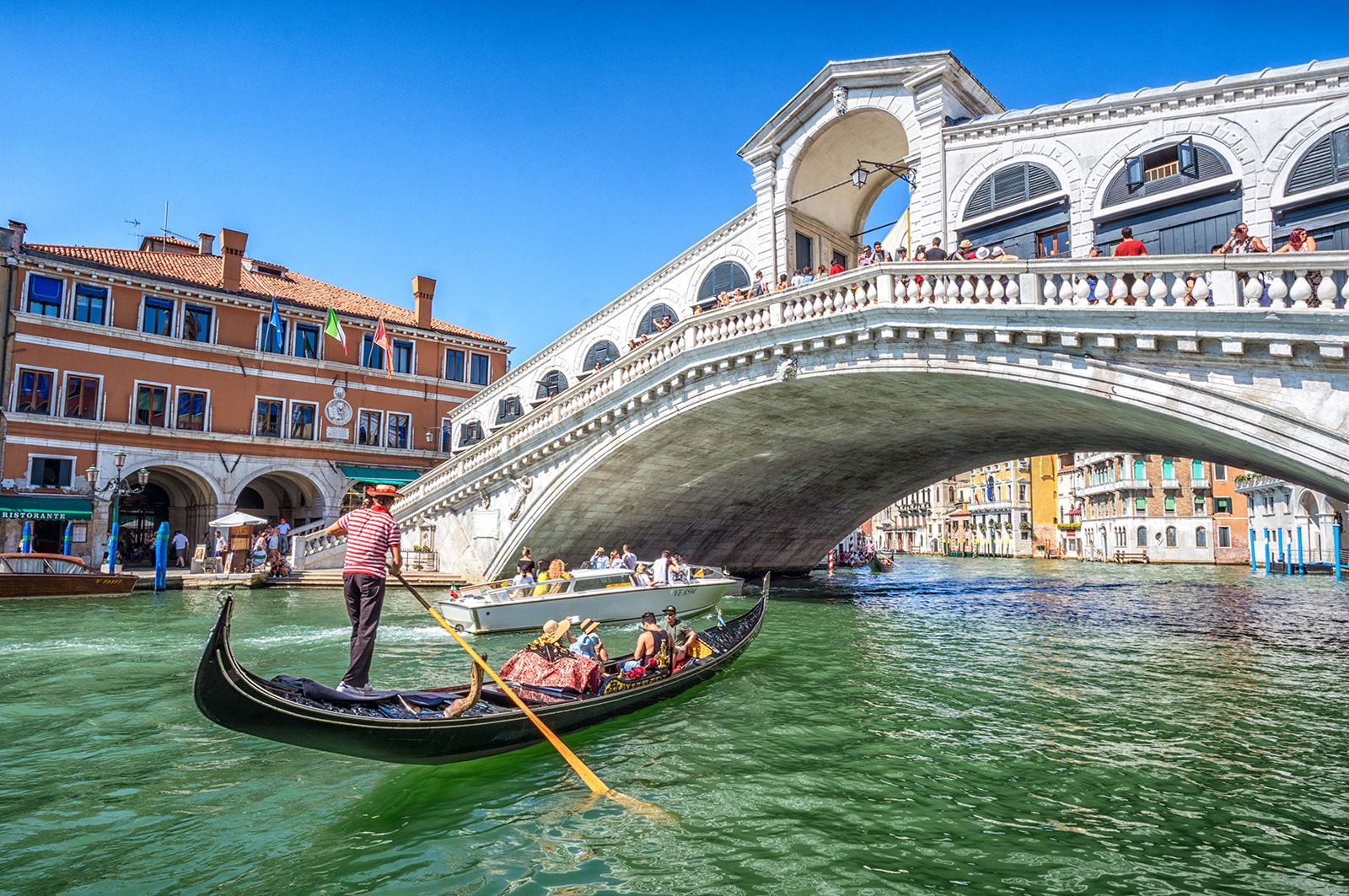The Vesuvius is a typical example of a volcano in a volcano made by an outer broken cone, Mount Somma, with a crateric belt most of which is destroyed, where a smaller cone represented by the Vesuvius can be found. The two cones are separated by a hollow called Valle del Gigante, a part of the ancient caldera, where the Gran Cono or Vesuvius later formed, probably during the eruption of 79 AD.
Valle del Gigante is divided into Atrio del Cavallo on the west and Valle dell’Inferno on the east. Mount Somma’s ancient crater is well preserved as far as its entire northern part is concerned, because it was less exposed to the volcano’s devastating violence in historic times and was well protected by the height of the internal wall that prevented the lava from outflowing on its slopes.
The slopes, which vary in their steepness, are furrowed by profound radial grooves produced by the erosion of meteoric water. The whole section is then characterized by dikes and fringes of dark volcanic rock. The old crater edge is a stream of summits called cognoli. While the height and shape of Mount Somma haven’t changed for centuries, the height and shape of Mount Vesuvius have undergone considerable variations due to the following eruptions, with rising and lowering movements.
Mount Vesuvius is a typical polygenic mixed volcano, i.e. it’s made of lava of different chemical composition (e.g. trachytes, tephrites, leucitites) and is formed either by lava flows or pyroclastic sediments. All the zones on the slopes of the mountain are made of land that has been transported by lava of mud and goes down from the steep slopes in the rainy seasons through deep and narrow grooves called channels or more commonly lagni. The high embankments are formed by piles of lavic scoriae, which precipitated in incandescent state and spread towards the low slopes, proving to be important for vegetation thanks to their fertile material, rich in silicon and potassium.
The origin of the Somma-Vesuvius volcanic complex can be traced back to 400,000 years ago (based on the most ancient submarine volcanic sediments collected with deep perforations), even if the most indisputable information refer to the last 25,000 years.
The volcanic history is usually divided into three main ages:
From the origins to the eruption of 79 AD, when the ancient volcano Somma formed and was later destroyed by a series of ancient explosive eruptions (between 17,000 and 4,000 years ago).
From 79 AD to 1631: In 79 AD a violent eruption buried the cities of Pompeii, Oplonti, Hercolaneum and Stabia under metres of boiling ashes and mud flows and was followed by many other eruptions during the centuries.
From 1631 to today: In 1631 another violent eruption introduced a new era of persistent activity of the volcano, characterised by other eruptions, many of which were effusive. The last eruption took place in 1944 and Mount Vesuvius is in a state of repose, but it’s still active.
The Vesuvius, the only active volcano in continental Europe, is part of a large volcanic area that formed nearly 2 million years ago, during the tectonic phases connected with the Tyrrhenian Basin opening and the settlement of the Apennine range; the current shape of the volcano is a result of the constant succession of explosive and effusive eruptions in the last 25,000 years.
These events have partly destroyed Mount Somma, the most ancient volcano, inside which the Gran Cono of Vesuvius formed: this is the volcanic complex Somma – Vesuvius.
The Vesuvius has a typical frusto-conical shape, with its highest peak reaching 1,277 metres. The crater currently has a diameter of 450 metres and a depth of 300 metres. At the base of the crater and inside the caldera of Mount Somma there are several eruptive vents, from which ancient lava flows came out from 1631to the last eruption of 1944.
At the moment, there are small fumaroles on the Gran Cono of Vesuvius, a sign of its state of repose.








